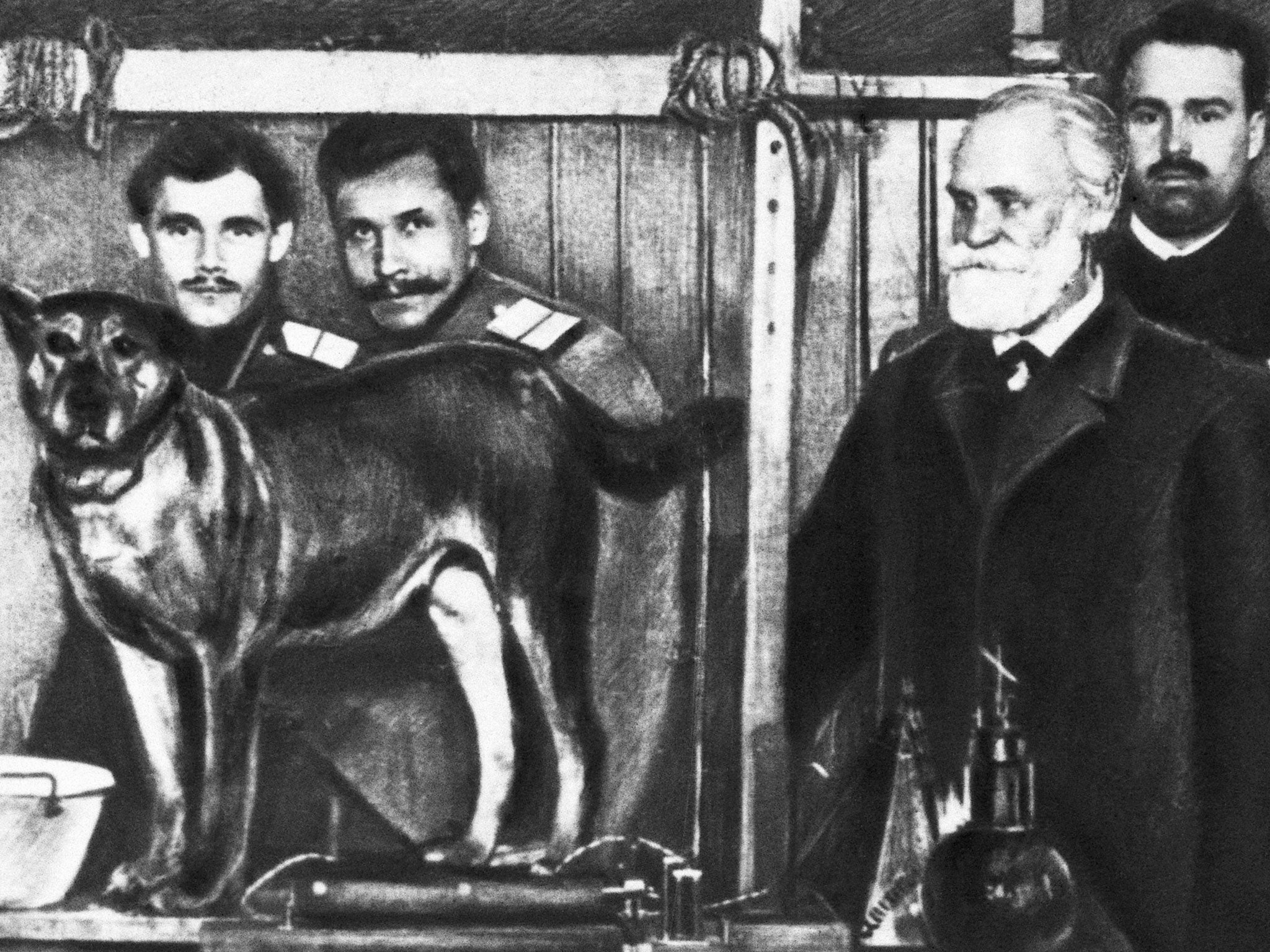Pavlov's bell: Rhodri Marsden's Interesting Objects No.102
According to an 880-page biography by Daniel P Todes, the Russian physiologist never used a bell at all

Your support helps us to tell the story
From reproductive rights to climate change to Big Tech, The Independent is on the ground when the story is developing. Whether it's investigating the financials of Elon Musk's pro-Trump PAC or producing our latest documentary, 'The A Word', which shines a light on the American women fighting for reproductive rights, we know how important it is to parse out the facts from the messaging.
At such a critical moment in US history, we need reporters on the ground. Your donation allows us to keep sending journalists to speak to both sides of the story.
The Independent is trusted by Americans across the entire political spectrum. And unlike many other quality news outlets, we choose not to lock Americans out of our reporting and analysis with paywalls. We believe quality journalism should be available to everyone, paid for by those who can afford it.
Your support makes all the difference.The Russian physiologist Ivan Pavlov died 80 years ago today, and if there's one thing we all know about Pavlov, it's that he made dogs salivate by ringing bells. The link is so strong in the popular consciousness that it took great restraint for me not to begin by saying "Ivan Pavlov – does that name ring a bell?" But according to a meticulously researched 880-page biography by Daniel P Todes, Pavlov never used a bell at all. "The iconic bell," he wrote, "would have proven totally useless to his real goal, which required precise control over the quality and duration of stimuli." According to Todes, he actually used metronomes, buzzers and a harmonium.
So what's with the bell? Pavlov developed the concept of conditioned reflexes in 1901, but it took time for his work to become known. The man largely responsible for recognising the significance of those ideas and sparking interest in the US was psychologist John B Watson, and in particular his presidential address to the American Psychological Association in 1916. In that address he described his own experiments, which did use bells, and over the next few years his views about nature versus nurture were widely discussed and reported.
"Popularised illustrations and descriptive examples of [conditioning] were couched in terms of how Watson had done it," says Richard Littman of the Oregon University. "Bell, shock, bell."
Not everyone agrees. Some point to a 1925 silent film about Pavlov's work, Mechanics of the Brain, which features dogs salivating to the sound of a bell – but the film has also been described as "unsatisfactory as to scientific methodology". So while at least one photograph exists of Pavlov's desk with a large bell sitting on it, the likelihood is that it wasn't used to make dogs drool but rather to summon servants. Another myth shattered.
Join our commenting forum
Join thought-provoking conversations, follow other Independent readers and see their replies
Comments